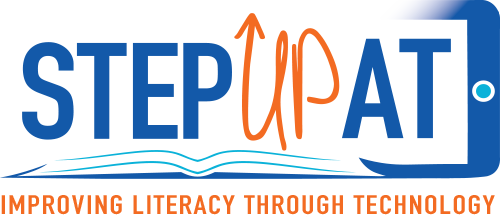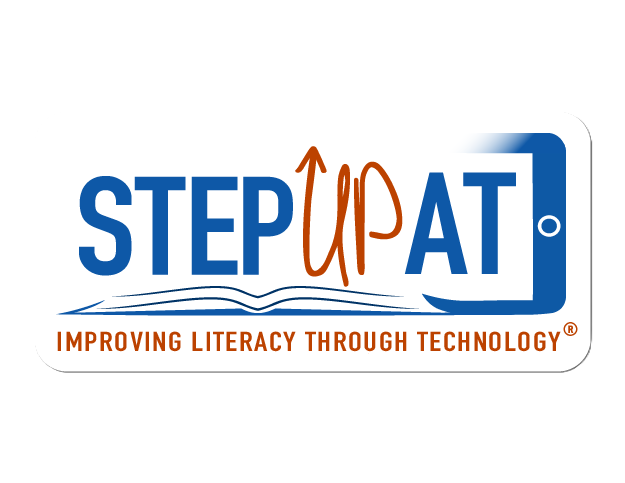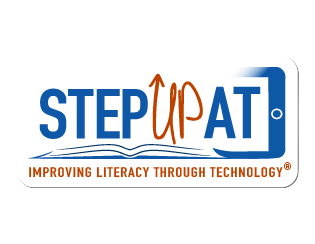Improving Engagement
Improving Engagement: Integrating Assistive Technology in Early Literacy
Young children are growing up surrounded by technology, and that’s a good thing when it comes to early reading. This 2021 article in TEACHING Exceptional Children looks at a practical question: how can teachers use assistive technology (AT) to help preschoolers with disabilities take part in literacy activities—and enjoy them?
The authors share a clear, classroom-ready approach using the SETT framework (Student, Environment, Task, Tools). Through a real-world example of a 4-year-old named Ana, they show how simple supports—from picture props and adapted page turners to a single-message device—can turn shared reading into an engaging, meaningful routine. The message is straightforward: match the tool to the child and the task, and you can boost attention, participation, and early literacy skills.
What stands out is the range of options. The paper highlights no- and low-tech ideas (like book stands, visuals, and talking photo albums) alongside higher-tech tools (tablets with visual supports or communication apps). It also underscores what teachers need to make it work: teamwork with families and specialists, planning with SETT, and ongoing data to see what’s helping.
If you’re looking for concrete strategies you can try this week—and a framework to guide your team—this article is a strong place to start. Read on for key takeaways, classroom examples, and links to free training and lending libraries so you can bring the right tools to your learners.





